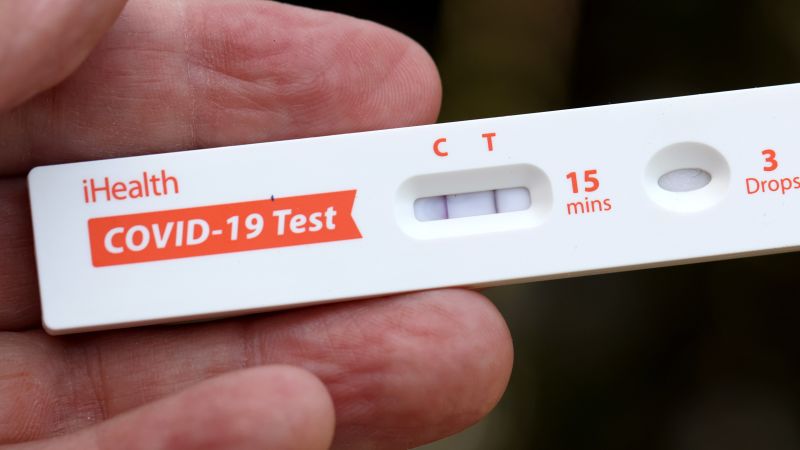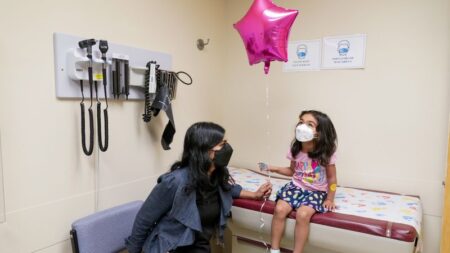COVID-19 cases continue to rise across the United States, driven by new variants and the summer season. Surveillance has been scaled back since the end of the public health emergency, but data from the CDC shows infections are increasing in at least 38 states. Wastewater surveillance suggests low viral activity, but hospitalizations and deaths are on the rise. Dr. Robert Hopkins of the National Foundation for Infectious Diseases explains that the warm and moist conditions in the South and West are ideal for the virus to thrive. The summer surge is following a familiar pattern, but experts caution that the virus remains unpredictable.
Data from WastewaterSCAN indicates that this summer’s wave began earlier and has reached levels similar to last summer’s peak. New FLiRT variants, KP.3 and KP.2, account for over half of new infections. Vaccine manufacturers are working on updates to target these new strains, with updated vaccines expected to be available by the fall. The FDA recommends everyone over 6 months receive an updated COVID-19 vaccine for the upcoming season.
Dr. Marcus Plescia of the Association of State and Territorial Health Officials emphasizes the importance of getting vaccinated to reduce the risk of respiratory diseases. The CDC also updated recommendations for the RSV vaccine, urging those 75 and older, as well as high-risk individuals ages 60 to 74, to get vaccinated. As flu and RSV levels remain low, experts stress the importance of vaccination to protect against all respiratory viruses.












